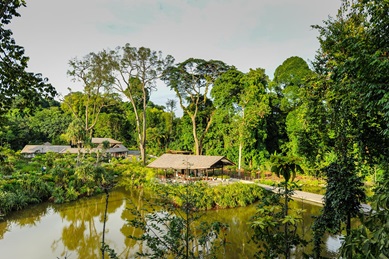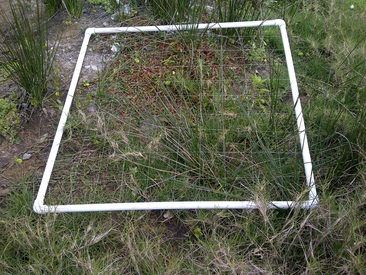
Figure 1: Sundaland. Source: Lotus Arise.
Nature in Singapore
Sundaland — a biogeographical landmass in Southeast Asia currently referring to islands Java, Borneo, Sumatra, and those in the Malay Peninsula — forms one of the world’s largest equatorial tropical forests, and is a known hotspot for biodiversity since the early Miocene. However, in Singapore, our understanding of our environment steers towards a dense urban jungle, instead of lush forests and diverse wildlife. This is hardly surprising considering that as of 2010, only 0.28% of primary forests remains in Singapore, located in the Bukit Timah and the Central Catchment Nature Reserves.
With a high degree of land use change, it is understandable why increasing concern is given to our ecosystems and biodiversity. To offset this decline, ecosystem restoration is carried out to enhance Singapore’s urban greenery — with aims of species recovery and curating more true to life green landscapes. An example of an ecosystem restoration project is the Learning Forest at the Singapore Botanic Gardens.
The Learning Forest

Figure 2: Map of the Learning Forest. Source: Cheekiemonkie.
On 5th February 2022, I visited the Learning Forest with my peers from NUS’ Applied Biogeography module (GE4224) to learn more about how ecosystem restoration is carried out in Singapore.
Officially opened in 2017, the Learning Forest consists of a restored lowland tropical rainforest and a freshwater wetland habitat (Keppel Discovery Wetlands). It houses more than 100 species of birds, 20 species of amphibians and reptiles, 19 species of butterflies, 7 species of mammals, and more than 500 species of plants!
Since then, the Learning Forest has garnered a lot of public attention due to its educational and recreational functionality, with family-friendly activities such as the ‘Pulai Marsh Trail’ and the ‘SPH Walk of Giants’. Admission is cost-free and they also offer free guided tours on the 2nd and 4th Saturdays of each month. These activities serve to encourage members of the public to educate themselves about Singapore’s ecosystems.

Figure 3: Keppel Discovery Wetlands. Source: NParks
Monitoring Wetland Restoration Projects?
Ecosystem restoration provides important opportunities to prevent species extinctions and provide valuable ecosystems services lost due to land use change in Singapore. A critical step in restoration is to monitor its recovery and continue to reassess what is needed to prevent extinction and promote development of ecosystems services. Below are a few sampling methods that I used during my visit at the Learning Forest to monitor the condition of the wetland ecosystem at Keppel Discovery Wetlands.
The Densitometer

Figure 4: Looking through a densitometer. Source: Puckett, M.
Standing underneath the forest canopy, we can look through a densitometer to determine the percentage of aerial coverage of the canopy. A higher canopy cover is important in providing shade and cooling nearby waters for aquatic species.
The Sampling Quadrat

Figure 5: Using a sampling quadrat. Source: Scienceforshottaz.
A sampling quadrat can be used to measure species diversity and herbaceous cover (%) — the amount of plant coverage on the forest floor. Higher species diversity represents a healthier and more productive ecosystem. By measuring the percentage covered by plants in each small square, we can get a sample of herbaceous cover in a quadrat. Systematic sampling at various locations can reveal correlations between herbaceous cover and canopy cover as well as physical factors important to wetland restoration success.
Concluding Thoughts
Botanical gardens have a crucial role in deepening our understanding of how our ecosystems and individual species react to (changing) biotic and abiotic variables. In the case of the Learning Forest, it pioneers a new insight to conservation and restoration by making them accessible and enjoyable for members of the public. Increasing public awareness about conservation can hence influence the support given to developing future or potential conservation projects.
Written by: Woon Han Jie, Erica
Leave a Reply